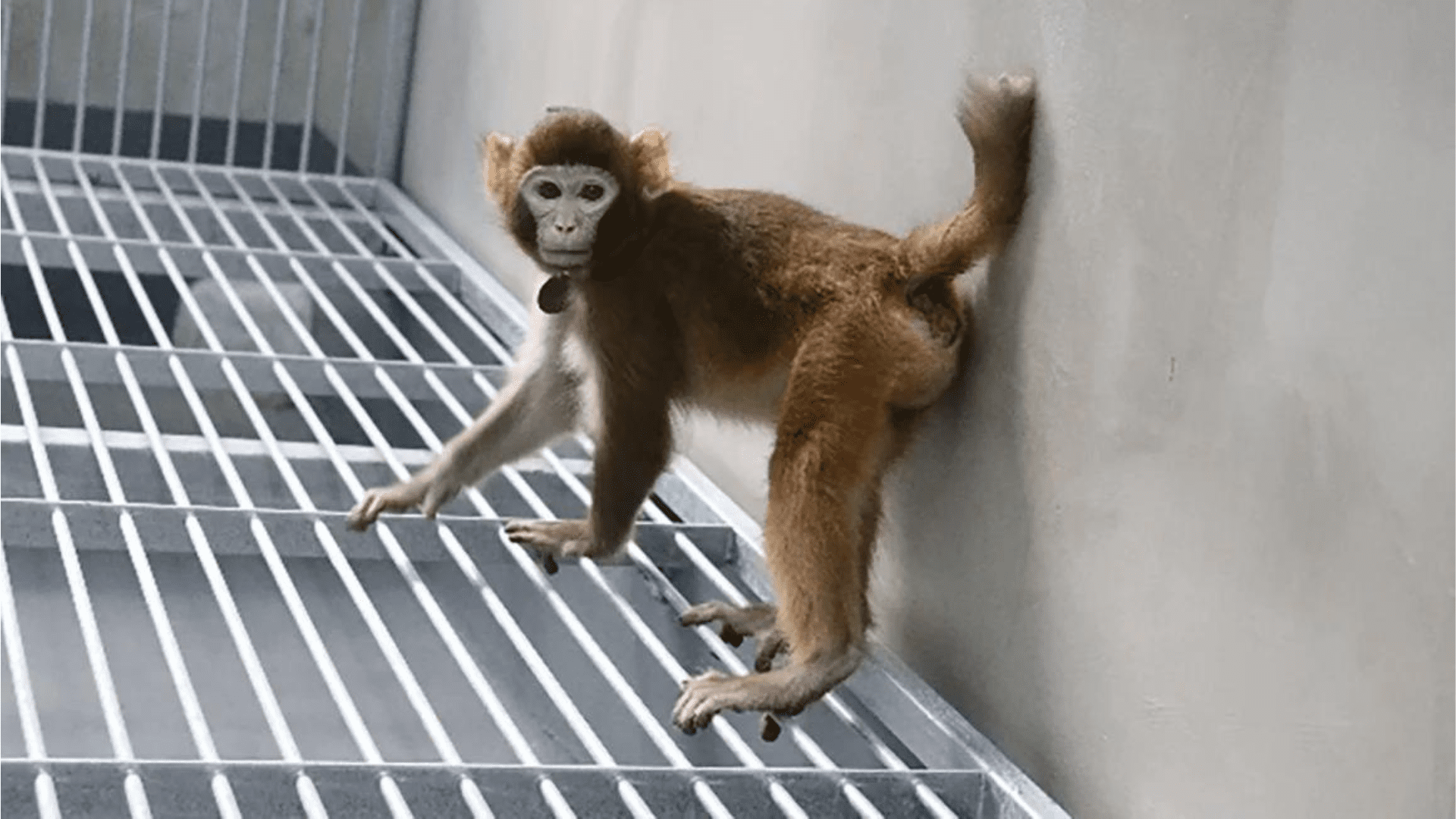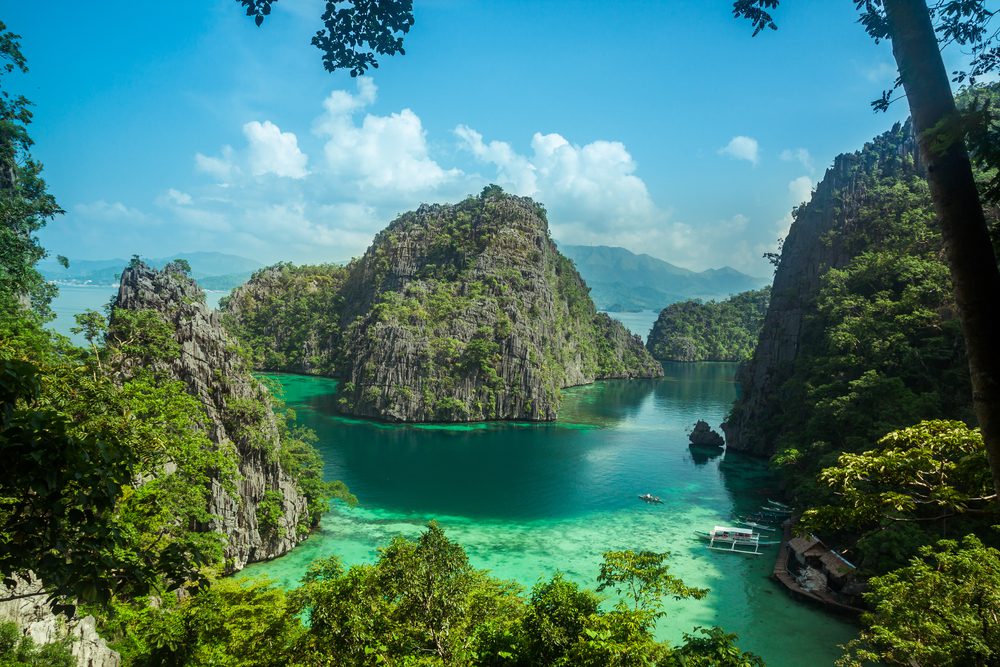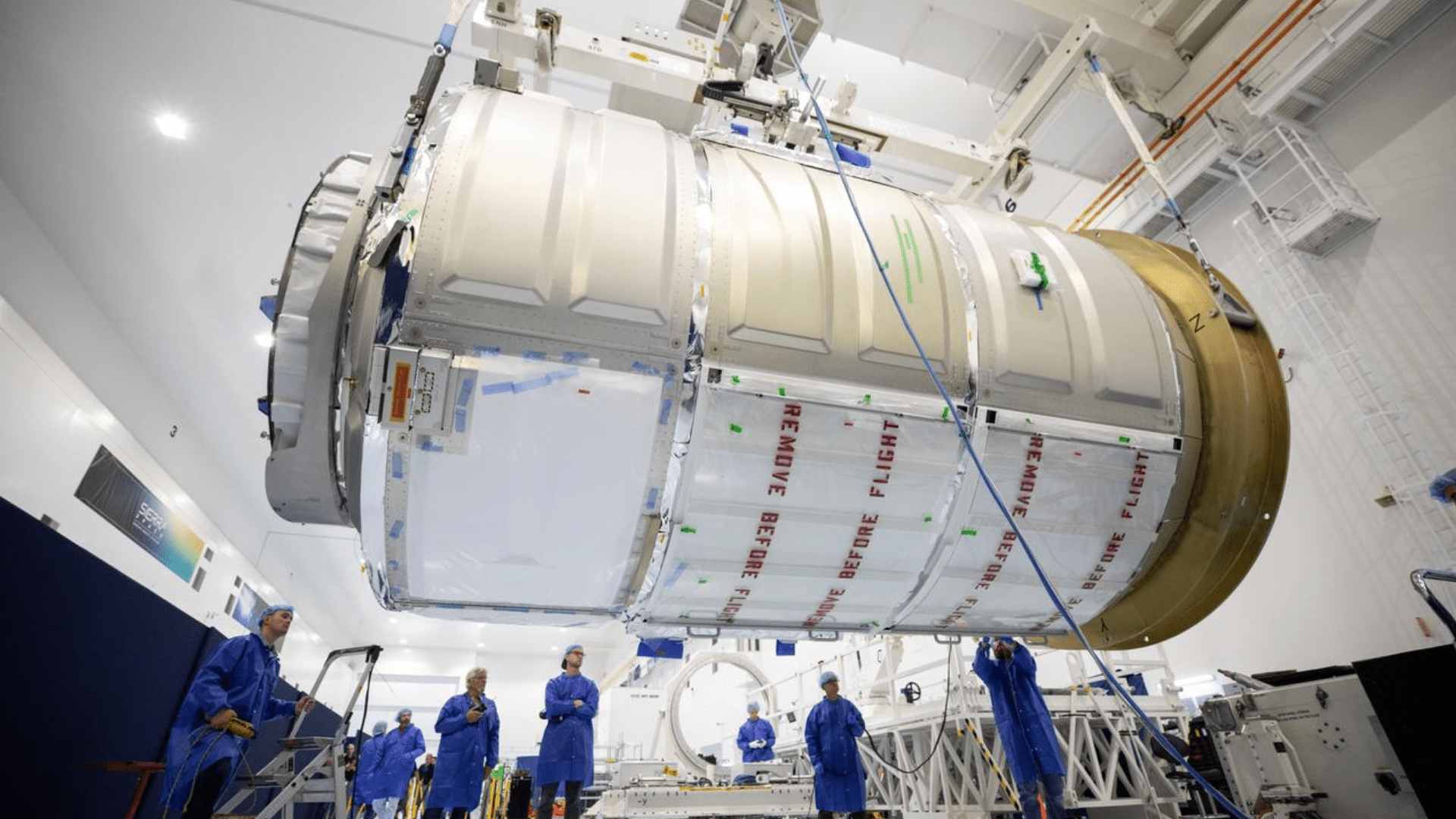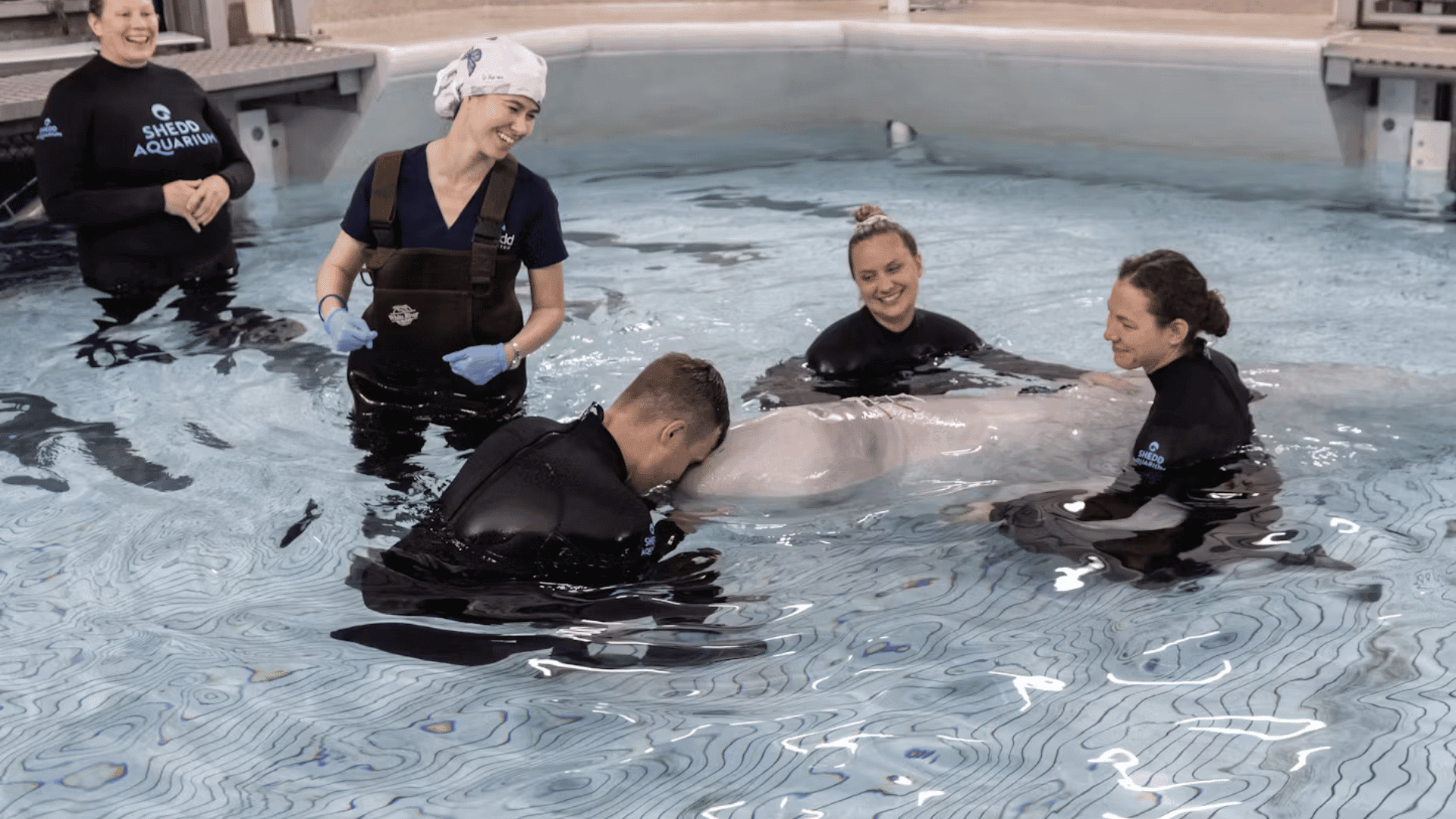Scientists believe there is a way to save the growing number of endangered species on Earth. Their solution involves space and preserving an animal’s cells.
Storing Cells
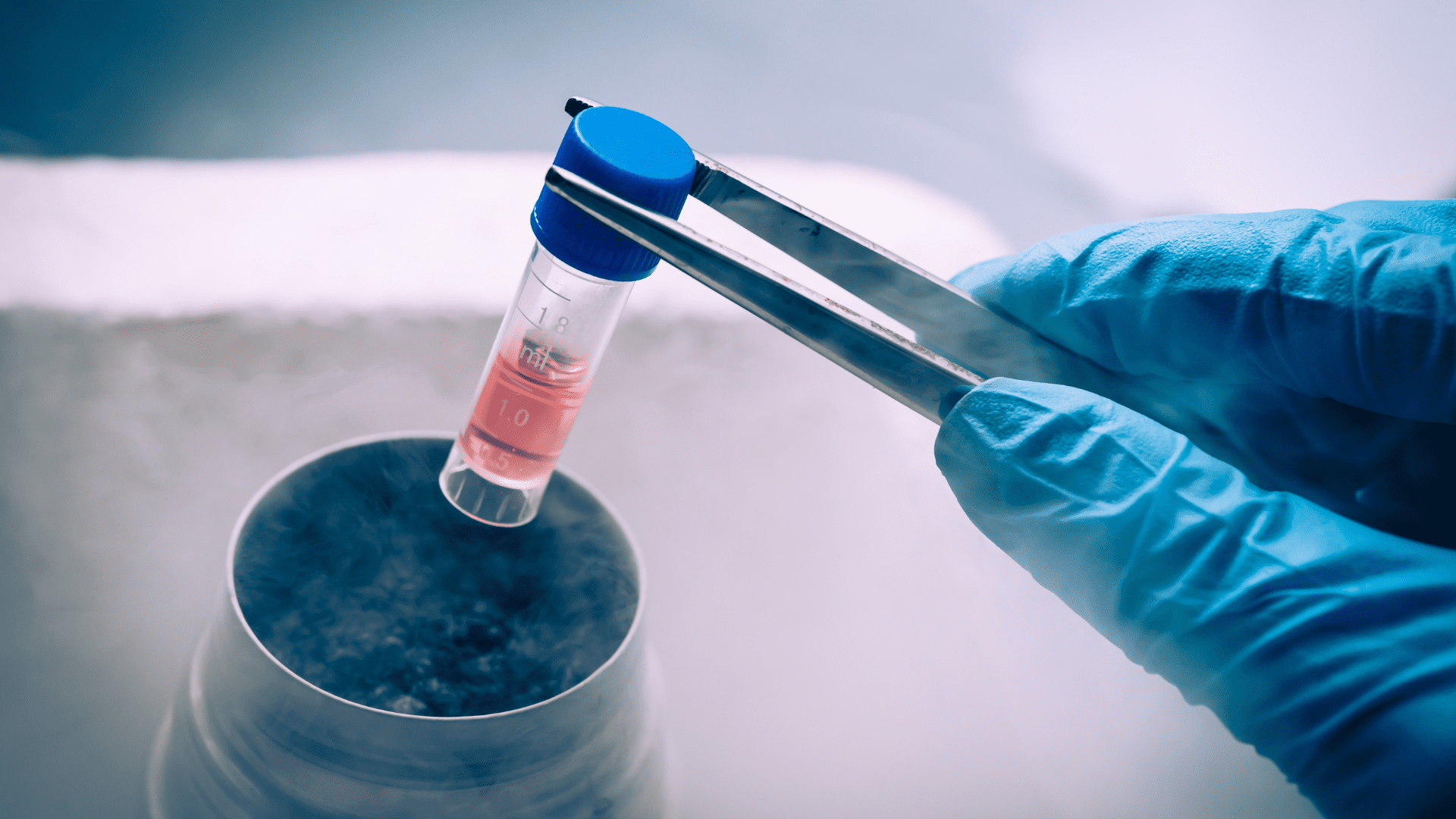
The idea is a lunar biorepository. It’s a facility that stores plant and animal cells on the Moon. In an interview with CBS, Mary Hagedorn explained why it must be the Moon, not Earth. She said, “There’s no place on Earth cold enough to do it.” Hagedorn is a senior research scientist with the Smithsonian’s National Zoo and Conservation Biology Institute. Hagedorn has studied modern techniques to save coral reefs for the last two decades. She is also an expert in cryopreservation, the process of storing biological material in extremely cold temperatures. Despite being frozen, the materials stay alive for centuries.
Her inspiration comes from the Arctic Svalbard Seed Vault in Norway. The biorepository keeps seeds at 0 degrees Fahrenheit for long periods of time because of the low temperature and moisture levels in the vault. Hagedorn and her team want to do something similar but with animal cells. Unfortunately, animal cells need much colder temperatures. In shaded craters on the lunar poles, temperatures can drop to -320 degrees Fahrenheit or even colder.
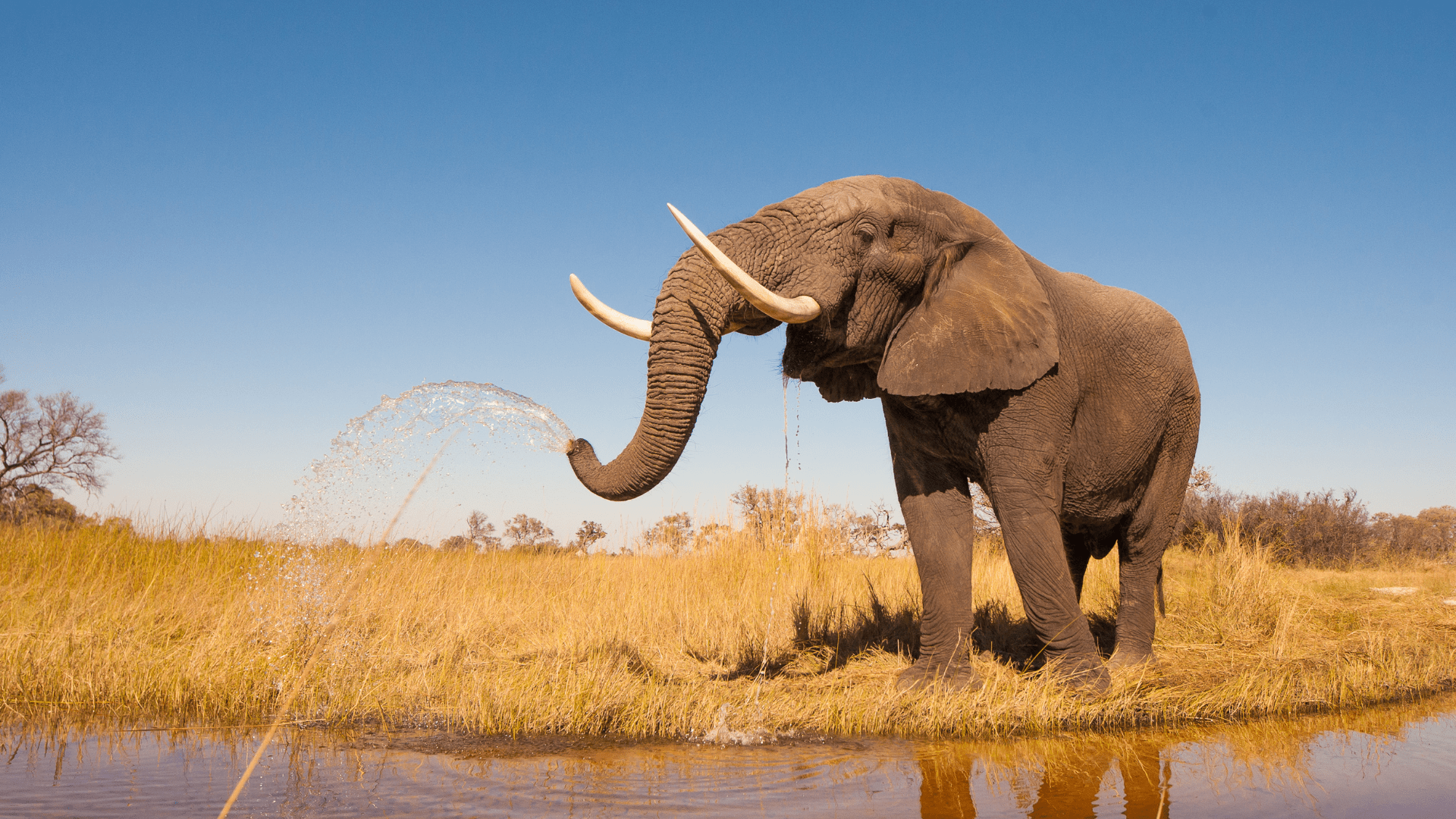
Preserving the animal cells, called “fibroblast cells,” allows scientists to transform them into sex cells. These are cells used to clone animals in a lab. The Zoo wants to include threatened and endangered species like African elephants, green sea turtles, and great cats. In addition, they are proposing that a variety of animals with different purposes be included. For example, animals that modify their environment like coral and beavers. Or pollinators that support the production of food. They also proposed animals that live in extremely cold temperatures already and organisms that support the web of life on Earth.
Explore Tomorrow's World from your inbox
Get the latest science, technology, and sustainability content delivered to your inbox.
I understand that by providing my email address, I agree to receive emails from Tomorrow's World Today. I understand that I may opt out of receiving such communications at any time.
The Challenges of Space
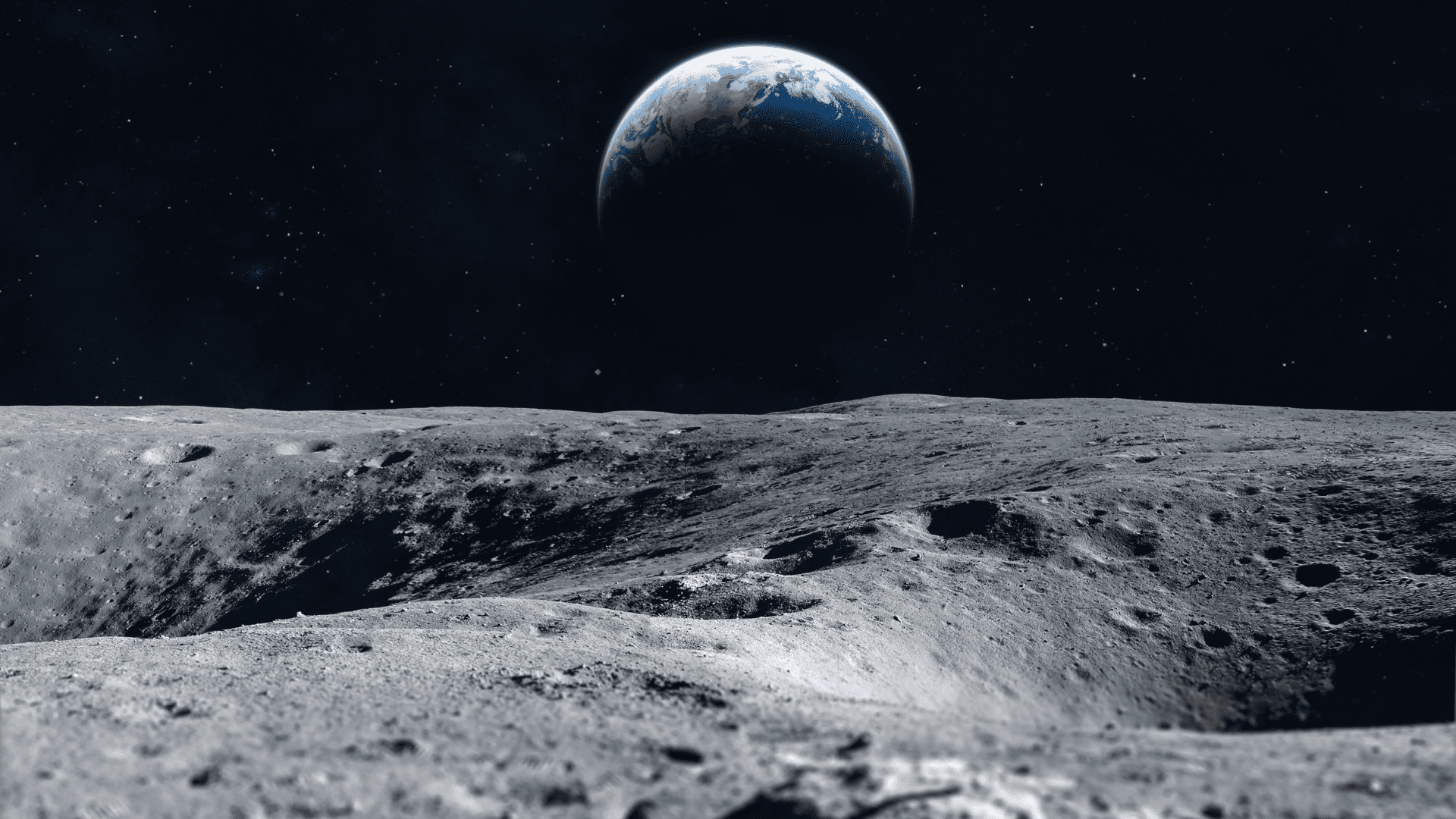
A lunar biorepository is a promising way to preserve cells of Earth’s endangered species, but there are challenges to sending them to space. The main one is radiation. There is a risk of the samples being exposed to high amounts of radiation. Researchers believe countermeasures like antioxidant cocktails or barriers could lower the chances of exposure. Barriers could include water, lead, or cement to block the radiation.
While the whole point of sending the cells to the Moon is the temperatures, it’s also a big challenge. While certain areas of the lunar surface get extremely cold, they also get extremely warm. Some areas reach over 200 degrees Fahrenheit during the lunar day. One lunar day is equivalent to 14 days on Earth.
The list of challenges goes on. For example, scientists believe the permanently shadowed areas of the Moon have a lot of ice. This makes it difficult for human observation. Another problem is the long-term effects of microgravity, which poses a threat.
Noah, the endangered species director at the Center for Biological Diversity, says finding a lunar solution shouldn’t be the #1 priority. He said, “I think we really need to focus on protecting more of the natural world, so we don’t lose species in the first place.”



